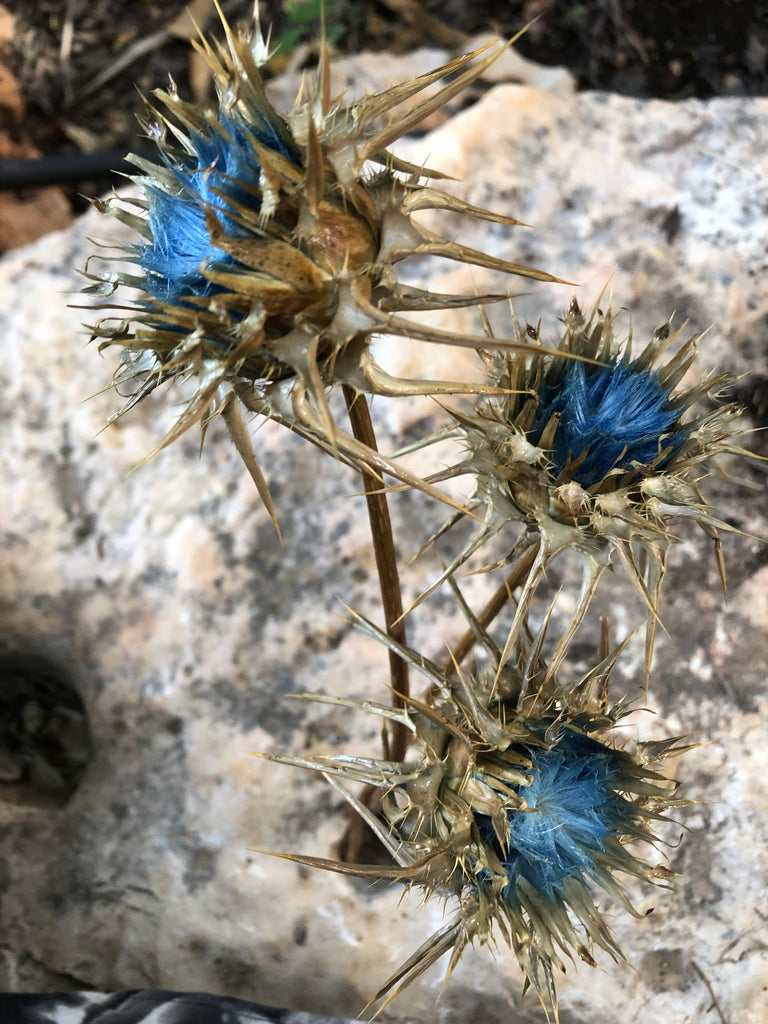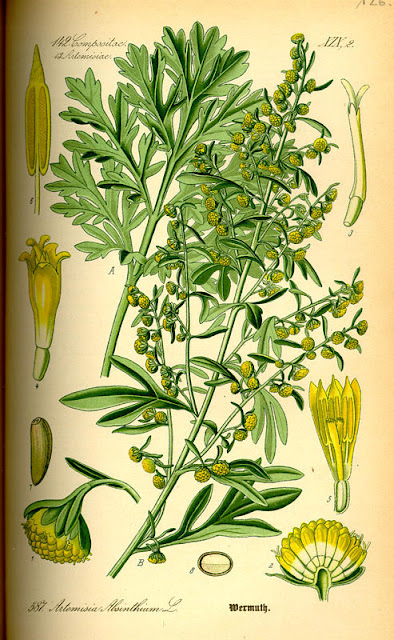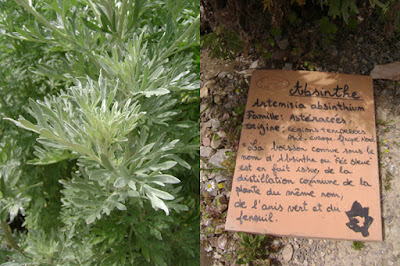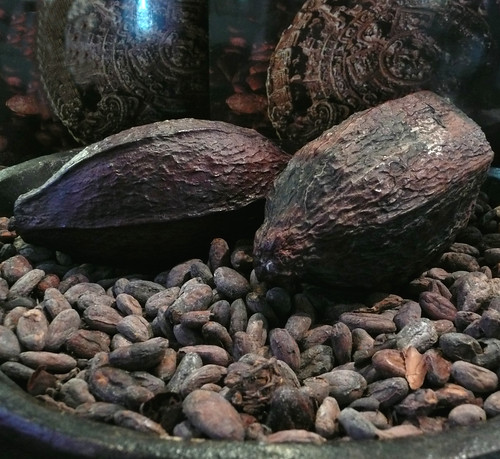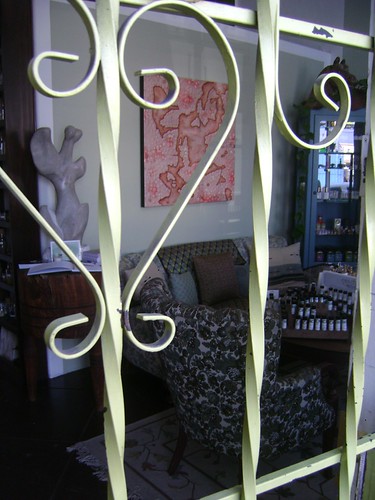Blunda is just one little place but so many things:
1) Botanical Natural Perfume Destination:
At the Botanical Perfume Lounge in the forefront of this unique space, customers can relax and get to know these beautiful creations in an intimate, unhurried environment. The boutique owner and her assistant will really spend time with you to help you find a scent and also better understand
2) Aromatic Apothecary with many fantastic raw materials for sale - including incense making supplies, gums, resins, dried herbs and flowers, and, of course - essential oils of highest grades, including rare absolutes and Traditional Indian attars.
3) Interactive Studio - where you can take workshops for making just about anything that smells good: Persephenie teaches natural botanical perfumery, as well as guest teachers (Jeanne Rose is a regular guest). And other fun workshops, such as incense making, body products and skin care, candles, and more.
4) Perfume Studio where perfumer, artist and aromatherapist Persephenie Snyder creates her own perfumes and designs fragrances for candles and body products for other companies.
Persephenie will launch her scented skincare line and her new perfumes in her very own Natural Botanical Perfume Exhibition No. 3 @ Blunda next month, May 30th.
Natural perfume lines in the store include:
Dawn Spencer Hurwitz, the renown independent perfumer from Colorado who has several ntarual perfumes in her line (including her Perfumed Court line). Currently at Bounda there are two of her all-natural perfumes: Eau de Cologne (Aqua Admirabillis) and Rose Vert which are both very nice and simple.
Dawn's exhibition at Blunda will be in October 24th.
JoAnne Bassett's new lines - the French Collection and the Royal Collection - are naturally very French (JoAnne is from French background and lives in California). The line is complex yet very accessible and the fact that these are Eaux de Toilette sprays makes them easy to wear. I was especially smitten with Napoléon (a wonderfully made and long lasting spicy incense perfume), Madame de Pompadour (which is very unusual and sensual fruity-floral with notes of champaca, gardenia vanilla, verbena and clementine and I am quite sure I also smell cassis and a hint of patchouli in the mix), and Camille (sophisticated floral with osmanthus and tuberose) and Chantelle (floral and fruity with jasmine, rose and tuberose). The lines offer quite a versatile range. Josephine, for example, is a classic green rose and iris scent. JoAnne will be at Blunda for her exhibit August 15.
Aftelier
Mostly the miniatures (except fo Pink Lotus the stunning Shiso), and including the new perfume Cassis, which I found to be too muddy and dominated by patchouli.
Velvet & Sweet Pea's Purrfumery - From the perfumes, my favourite which I tried was Narcissus Poeticus, which smells more like Osmanthus than narcissus.
And I was most smitten with the whipped frostings the Laurie creates, with whipped shea butter and soft florals. I took home with me a jar of both Kashmir Rose (smells like Rahat Loukoum) and Gardenia Tuberose (heavenly creamy tuberose with underlining coconut).
Yosh's Winter Rose - a spicy rose in an oil base with notes of cardamom and Turkish rose.
Yosh will appear at Blunda sometime in July (exact date TBA).
And of course, there is my very own line, which I am very fortunate to have in this wonderful location and setting - with 5 newly added perfumes - Bon Zai, Charisma, White Potion & Zohar (in both 5ml roll-on oil formulation and 9ml flacons of Parfum Extrait which is grain alcohol based). And the new perfume, Hanami. Also new to the selection at Blunda are my 4 scented soywax candles (8oz each, which last for 60 hours) - ArbitRary, Bois d'Hiver, Roses et Chocolat and White Potion. These new products are not on the Blunda website as of yet, but if you live in LA or the area you can find them at the boutique. I will let you know when they are up online.
Other treats at Blunda include candles, candle holders and diffusers (I really liked Persephenie's pretty and simple aromatherapy candles - particularly the Eucaliptus & Spearmint and the Lemongrass & Chamomile one - which was surprisingly very floral). And there are body and skincare products too - such as Velvet & Sweet Pea's bath salts and the abovementioned and incredibly beautiful whipped frostings; and Ayurvedic skincare, and of course - very soon Persephenie's very own line of scented skincare, of which I only smelled Vetiveria but will let you know once it comes out and I've tried every single one of them.



